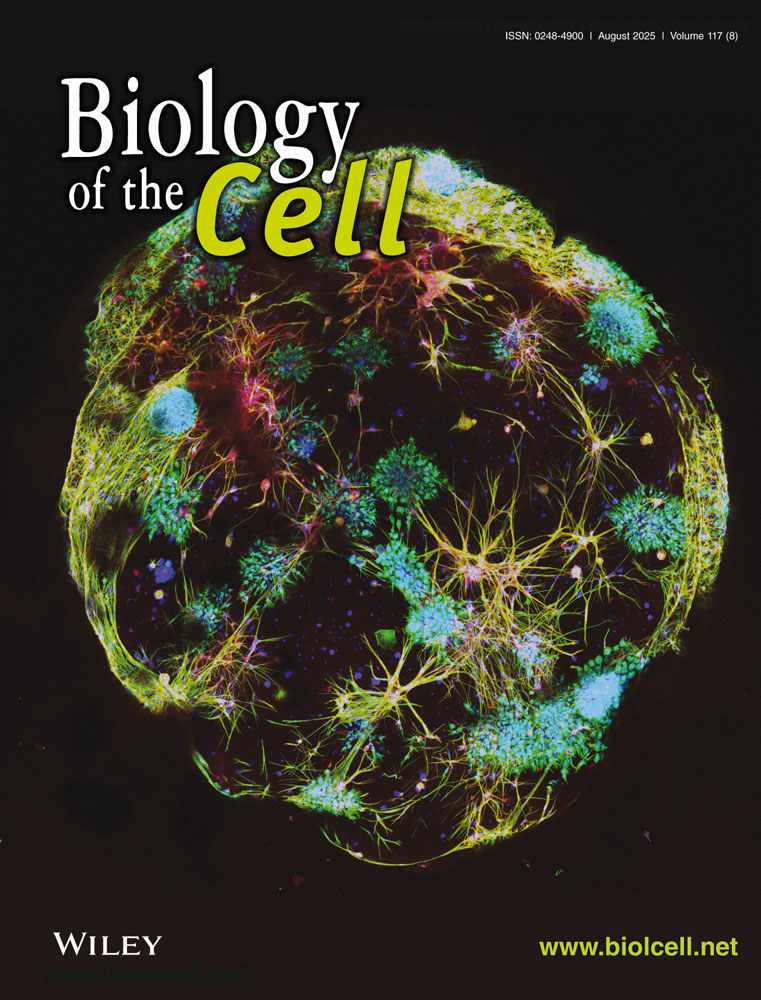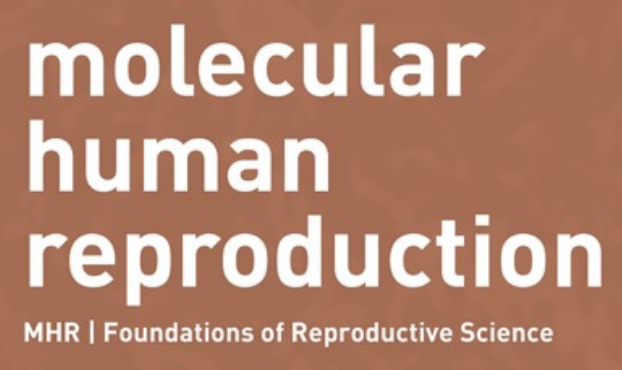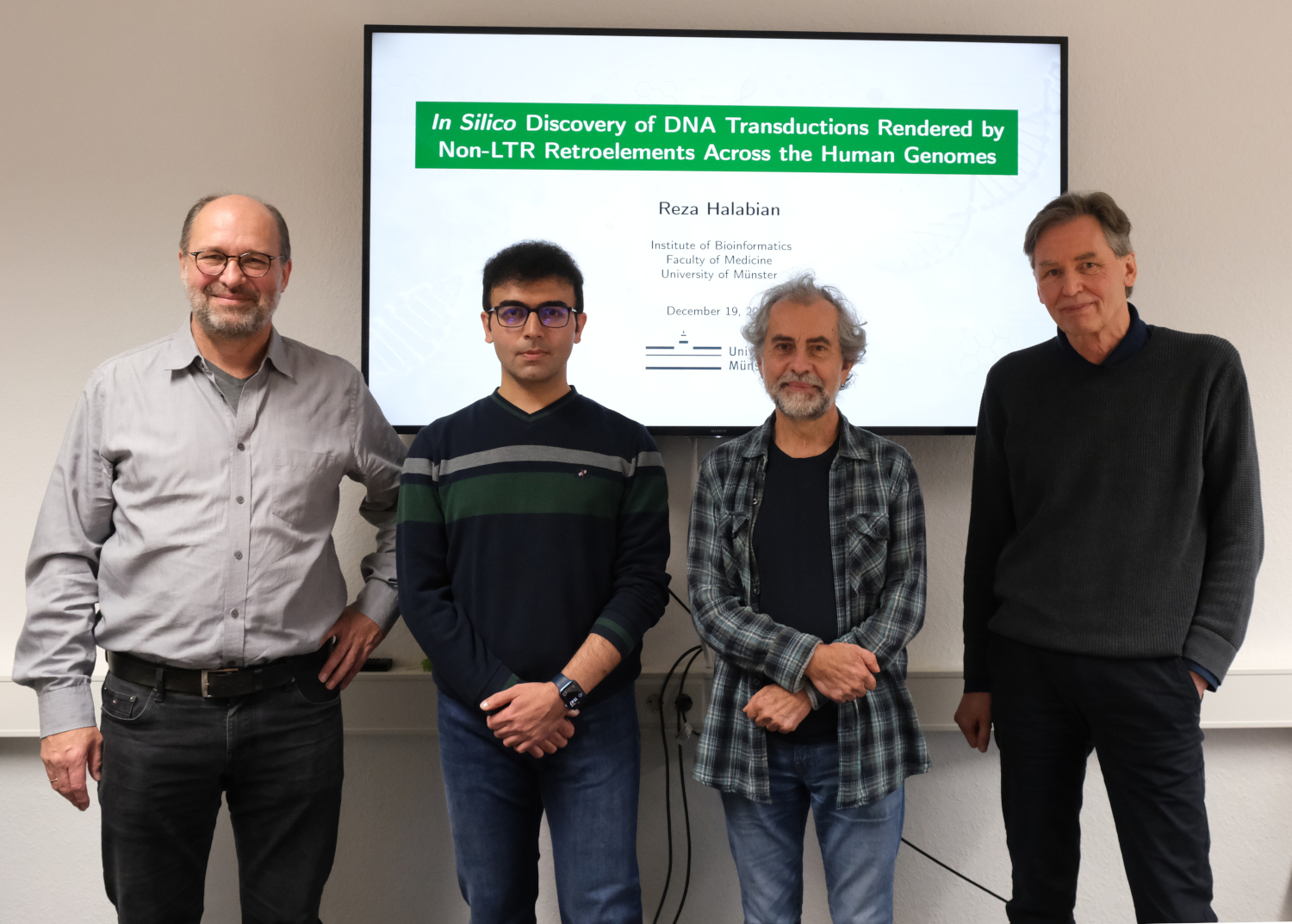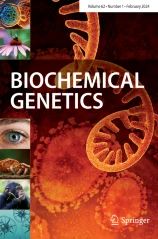













|
Research interests
Evolutionary fate of Minor spliceosomal introns
Many multicellular eukaryotes have two types of spliceosome for the removal of introns from messenger RNA precursors. The major (U2) spliceosome processes the vast majority of introns, while the minor (U12) spliceosome removes a small fraction (less than 0.5%) of introns, referred to as U12-type introns. U12-type introns have distinct sequence elements, but usually occur in genes together with U2-type introns. A phylogenetic distribution of U12-type introns shows that the minor splicing pathway appeared very early in eukaryotic evolution and has been lost repeatedly. However, over time they tend to be either removed from a gene or convert to U12-type. The conversion occurs either by accumulation of point mutations at the splicing junctions or by activation of U2-type cryptic splicing sites that initially leads to an alternative splicing and is followed by an inactivation of a U12-type splicing signal. With almost two dozens of completely sequenced insect genomes, we can study exact mechanism of these changes. We used comparative genomics approach to track down changes that lead to an intron type switch. In general, loss of U12-type introns is more common than their conversion to U2-type and U12 to U2 conversion occurs more frequently among U12 introns of the GT-AG subtype. Additionally, using phylogenetic approach, we were able to estimate frequency and tempo of these changes.
Role of Minor spliceosomal introns in gene expression and regulation
These U12-type introns having very early origin, are evolving incessantly. Tough they are either deleted or getting converted to U2-type intron, a few of the U12 introns are conserved within the genes, as they play indispensible role (yet unknown) in gene expression. Removal of U12-type intron is relatively much slower than U2-type intron by the spliceosome, thereby, slowing down the gene expression. With the availability of the complete human and mouse genome sequences, we can study the evolution of U12-type intron in the paralogous genes and the impact of the U12-type introns in the gene expression. Moreover, it is interesting to discover the selection pressure of U12-type introns in the gene expression and selection bias of the U12-type introns among the paralogous genes containing U12 introns.
Curriculum
- 2002-2005: B.Sc. in Botany, specialization in Industrial Microbiology , at Lady Doak College,Madurai, India
- Project 1: Studies on the extraction and the activity of Catecol oxidase extracted from the green grapes, purple grapes and apple at CLRI, India.
- Project 2: Studies on the effect of Bacteriocin produced by Lactobacillus sp. on selected Bacterial strains.
- 2005-2007: M.Sc. in Bioinformatics, at Bharathiyar University, Coimbatore, India.
- Project: Molecular evolution of Salmonella pathogenecity island insight into the Mechanism of Host specificity at Indian Institute of Science (IISC), India
- 2007-2008: Junior Research Fellow at the department of MCBL, Indian Institute of Science (IISc), Bangalore.
- 2008 - now: Ph.D. studies in Bioinformatics at Univeristy of Muenster, Muenster, Germany.
Conferences and workshops
- 2009.3.18-20: Cologne Spring Meeting 2009 The variable genome, Colonge, Germany.
- Participant
- 2009.10.14-19: 15th Annual European Meeting of PhD Students in Evolutionary Biology, Schrool, The Netherlands.
- Participant with an oral presentation
- 2009.10.2-4: II Convention of the Polish Bioinformatics Society, joined with 7th Workshop on Bioinformatics , Bedlewo, Poland.
- Participant
- Participant with an oral presentation
- 2010.07.5-10: 8th Poznan Summer School of Bioinformatics, Poznan, Poland.
- Participant
- 2010.09.20-22: 25th German conference on Bioinformatics, Braunschweig, Germany
- Poster
- 2011.02.17-18: Interdisciplinary Graduate Students' Symposium, Münster, Germany
- Participant with an oral presentation and poster
- 2011.07.11-15: 9th Poznan Summer School of Bioinformatics, Poznan, Poland.
- Participant
- 2011.08.11-15: 17th Annual European Meeting of PhD Students in Evolutionary Biology, Siea, Portugal.
- Participant with an oral presentation
- 2009-2010: Bioinformatics 2 course supervisor (summer semester).
- 2011-2012: Bioinformatics I course supervisor (Winter semester).
-
U12-type Spliceosomal Introns of Insecta. Jessin Janice, Amit Pande, January Weiner, Chiao-Feng Lin, Wojciech Makalowski
Int J Biol Sci 2012; 8(3):344-352. -
Host-specificity of Salmonella enterica serovar Gallinarum: insights from comparative genomics. Eswarappa SM, Janice J, Balasundaram SV, Dixit NM, Chakravortty D.
Infect Genet Evol. 2009 Jul;9(4):468-73. Epub 2009 Jan 19. -
SopB of Salmonella enterica serovar Typhimurium is a potential DNA vaccine candidate in conjugation with live attenuated bacteria. Nagarajan AG, Balasundaram SV, Janice J, Karnam G, Eswarappa SM, Chakravortty D.
Vaccine. 2009 May 11;27(21):2804-11. Epub 2009 Mar 11. -
Differentially evolved genes of Salmonella pathogenicity islands: insights into the mechanism of host specificity in Salmonella. Eswarappa SM, Janice J, Nagarajan AG, Balasundaram SV, Karnam G, Dixit NM, Chakravortty D.
PLoS One. 2008;3(12):e3829. Epub 2008 Dec 3.



